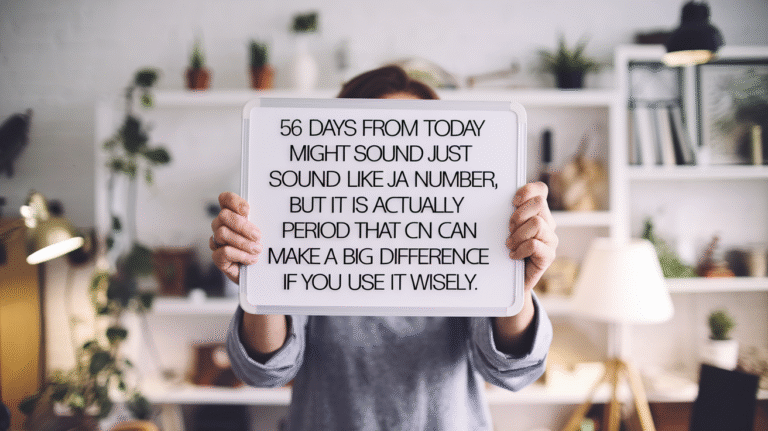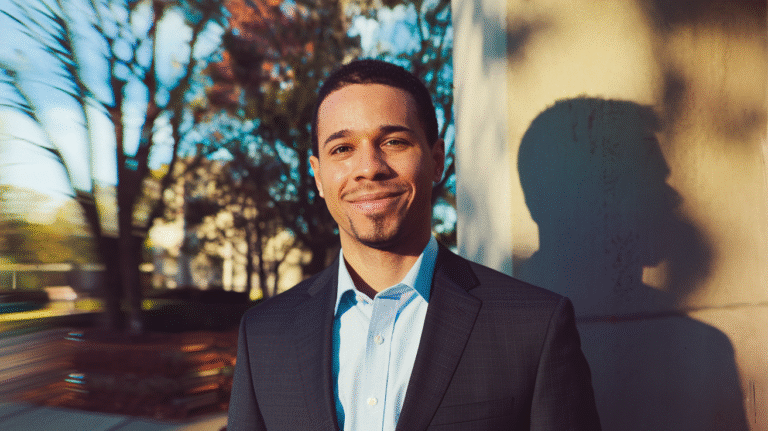Catholic holy days of obligation 2025 are very special dates in the church calendar when Catholics are asked to go to Mass. These days are not just about rules, but about remembering important moments in the life of Jesus, Mary, and the saints. Every year, the Church sets aside certain days that help believers grow closer to their faith and take time away from busy life. In 2025, some holy days will fall on weekdays and others on weekends, which can change if you need to attend Mass or not. These celebrations are a way to pause, reflect, and give thanks to God. They bring families and communities together in prayer, showing that faith is not only personal but shared with others. If you are planning your year, it helps to know these dates so you can prepare ahead of time.
When we talk about catholic holy days of obligation 2025, we are really talking about some of the most beautiful and meaningful parts of the Catholic faith. Days like the Solemnity of Mary on January 1, the Ascension of the Lord, the Assumption of Mary, the Immaculate Conception, and Christmas are not just marked on the calendar, they are filled with history and tradition. Some feasts, like All Saints Day, may not be required to attend Mass in 2025 because they fall on a Saturday or Monday, but they are still important moments to honor. Each of these days has a deep meaning: they remind us of God’s love, Mary’s special role, and the saints’ example of holy living. By knowing the dates ahead, families can make sure to join Mass, teach children about their faith, and plan celebrations that honor these beautiful traditions.
What Are Catholic Holy Days of Obligation 2025?
Catholic holy days of obligation 2025 are special days in the Church when Catholics are asked to attend Mass and honor God. These days are important because they celebrate big events in the life of Jesus, Mary, and the saints. By going to Mass on these days, Catholics remember God’s love and blessings. In 2025, these days include Solemnity of Mary on January 1, Ascension of the Lord on May 29 (or moved to June 1 in some dioceses), Assumption of Mary on August 15, Immaculate Conception on December 8, and Christmas on December 25. Even if some days fall on a weekend, they help families pause, pray, and celebrate together. Knowing these dates ahead helps people plan their year, attend Mass, and take part in the Church’s traditions. These holy days are not just rules, they are moments to grow in faith, love, and community.
Why Catholic Holy Days of Obligation 2025 Are Important
Catholic holy days of obligation 2025 are important because they remind Catholics of God’s love and the life of Jesus and Mary. These days are not only about going to church but about learning faith, praying together, and celebrating special moments. By marking these days, families teach children why faith matters and how to honor God. Each holy day has a special meaning, like Christmas celebrating Jesus’ birth, and the Assumption remembering Mary being taken to heaven. Even if some days fall on a Saturday or Monday, they still help people pause from daily life, spend time with family, and reflect on what is truly important. These days also connect Catholics around the world, showing that faith is shared and celebrated by everyone in the Church.
Full List of Catholic Holy Days of Obligation 2025 in the U.S.
In 2025, the main Catholic holy days of obligation in the U.S. include the Solemnity of Mary on January 1, the Ascension of the Lord on May 29 (with some dioceses moving it to Sunday, June 1), the Assumption of Mary on August 15, All Saints Day on November 1 (obligation lifted because it falls on Saturday), Immaculate Conception on December 8, and Christmas on December 25. Each of these days has special Masses and prayers to honor God and the saints. Families can use this list to plan ahead, making sure they attend Mass, celebrate with loved ones, and teach children the importance of faith. By keeping track of these dates, Catholics can grow spiritually, stay connected to the Church, and enjoy the rich traditions that make these days memorable.
Rules About Attending Mass on Catholic Holy Days of Obligation 2025
Attending Mass on Catholic holy days of obligation 2025 is very important, but there are some rules to know. Catholics must go to Mass on these days unless they are sick or have a serious reason not to. If a holy day falls on a Saturday or Monday, sometimes the obligation is lifted. For example, in 2025, All Saints Day is on Saturday, so Catholics are not required to attend Mass. Some dioceses move the Ascension of the Lord to the following Sunday, making it easier for families to participate. By following these rules, Catholics respect God’s laws and make time for prayer, reflection, and community. Knowing the rules helps people plan their schedules and ensures that these special days are celebrated with the respect and joy they deserve.
Difference Between Holy Days and Sundays in 2025
Catholic holy days of obligation 2025 are similar to Sundays because both require Mass attendance, but holy days celebrate specific events or people. Sundays are about Jesus’ resurrection every week, while holy days honor special feasts like Mary, the saints, or Jesus’ birth. Sometimes holy days fall on weekdays, so attending Mass is extra important. For example, in 2025, Christmas and the Immaculate Conception fall on weekdays, giving Catholics a chance to pause and celebrate. Holy days also teach children and families about the Church’s history, traditions, and faith. By understanding the difference, Catholics can appreciate both Sundays and holy days, joining the Church in prayer and celebration. These days remind everyone that faith is part of life every week and during special events.
What to Do If a Catholic Holy Day of Obligation 2025 Falls on a Weekend
When a Catholic holy day of obligation 2025 falls on a Saturday or Sunday, some rules change. If the holy day is on Saturday, the Mass obligation might be lifted, like All Saints Day in 2025. Some dioceses move holy days to the closest Sunday, like the Ascension of the Lord in many U.S. areas. Families should check with their local parish to know the exact schedule. Even if Mass is not required, it is still good to pray, read Bible stories, and celebrate the meaning of the day. Parents can use these days to teach children about faith and make the celebration fun and memorable. These adjustments make it easier for everyone to join in while keeping the spirit of the holy day alive.
How Families Can Prepare for Catholic Holy Days of Obligation 2025
Families can prepare for Catholic holy days of obligation 2025 by planning ahead and marking their calendars. They can decide which Mass to attend, cook special meals, and talk to children about the meaning of each holy day. Decorations, songs, and prayers can make the celebration joyful and memorable. Families can also visit relatives, invite friends, and take time to reflect on God’s love. By preparing in advance, everyone can enjoy the day without rushing. Knowing the dates in 2025 helps families combine faith with fun activities that everyone can join. This preparation also teaches children the importance of celebrating special days with care, respect, and happiness, turning each holy day into a meaningful family memory.
Catholic Holy Days of Obligation 2025 and Their Spiritual Meaning
Each Catholic holy day of obligation 2025 carries spiritual lessons for Catholics of all ages. Solemnity of Mary reminds us of Mary’s faith and example, the Ascension of the Lord shows Jesus’ promise to be with us, and the Assumption of Mary celebrates God’s love for her. The Immaculate Conception teaches purity and trust in God, while Christmas reminds us of Jesus’ birth and the joy of giving. By attending Mass, praying, and celebrating these days, Catholics grow closer to God and understand the importance of faith in daily life. These holy days also encourage kindness, gratitude, and family bonding. Each celebration is not just a date on the calendar but a moment to live faith, teach children, and feel part of the worldwide Church community.
Conclusion
Catholic holy days of obligation 2025 are very special days that help Catholics remember God, Jesus, Mary, and the saints. These days are not only about going to church, but about spending time with family, learning faith, and saying thank you to God. By knowing the dates in 2025, people can plan ahead and enjoy each holy day with joy and meaning.
Even if some holy days fall on weekends, they still have spiritual importance. Families can pray together, tell children stories about the saints, and celebrate with love. These days make faith simple, fun, and part of daily life. Following them brings happiness, teaches respect, and helps everyone grow closer to God.
FAQs
Q: What are Catholic holy days of obligation 2025?
A: They are special days in 2025 when Catholics are asked to attend Mass and honor God, Jesus, Mary, or the saints.
Q: Do I have to go to Mass on all holy days in 2025?
A: Yes, unless you are sick or have a serious reason. Some days like All Saints Day may not require Mass if they fall on a Saturday.
Q: When is the Ascension of the Lord in 2025?
A: It is on Thursday, May 29, 2025, but many dioceses move it to Sunday, June 1.
Q: Why are holy days different from Sundays?
A: Sundays celebrate Jesus’ resurrection every week, while holy days honor special events or saints in the Church.
Q: How can families celebrate these holy days?
A: Attend Mass, pray together, tell children stories, decorate, and spend time reflecting on God’s love.












